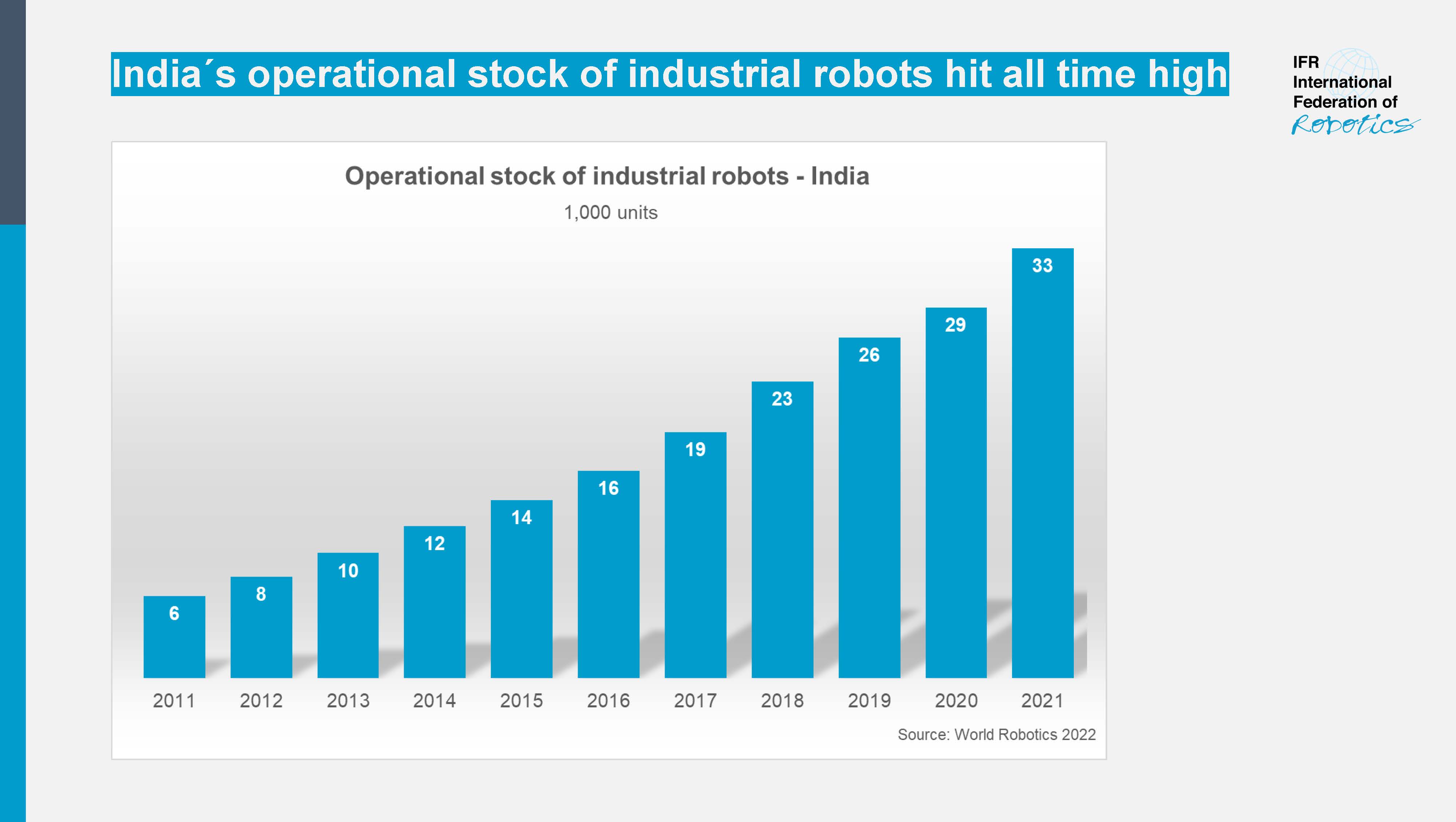
While many countries around the globe are still struggling to seize control of the global pandemic, we are already on the road of global recover. In the recent months, global economic prospects improved markedly, and, according to OECD, by mid-2021 the worldwide output is expected to rise above the pre-pandemic level. Global GDP growth is projected to be 5.5% in 2021 and 4% in 2022.

Dear Reader,
While many countries around the globe are still struggling to seize control of the global pandemic, we are already on the road of global recover. In the recent months, global economic prospects improved markedly, and, according to OECD, by mid-2021 the worldwide output is expected to rise above the pre-pandemic level. Global GDP growth is projected to be 5.5% in 2021 and 4% in 2022. Nevertheless, the situation is mixed in different countries, and some may remain below the level expected prior to the pandemic.
The outlook for the robotics industry is optimistic at the moment, although the recent IFR quarterly surveys confirmed a mixed picture. Asia has already started to recover in Q3/2020, while North America and Europe still were slightly below pre-crisis level in the first quarter of this year. The current order intake gives good hope for strong growth. Yet, we also have to concede that there is a large spreading between different reporting companies, so some companies were more successfull to overcome the crisis, while others were somewhat left behind. The chances for our sector overall are promising, but we now need to reap our industry’s potential to support the overall economic growth.
In the past months, robotics could already prove its flexibility to quickly adapt production and respond to changes in demand and smaller batch sizes. We see a need for improved resilience to deal with production peaks and withstand systemic shocks, such as the COVID-19 pandemic or the blockage of the Suez Canal. Moreover, the global endeavor to lower our carbon footprint and thrive towards carbon neutral production greatly are esupported by robotics - both by optimized performance in the production process and the possibility to move manufacturing closer to the customer - thus lowering the energy consumption by logistics. Last but not least, increased productivity safeguards jobs by keeping companies competitive and finally robotcs can significantly increase the workplace quality for manufacturing employees. So in a nutshell: long-run perspectives for robotics remain excellent.
IFR support the robotics industry in staying on top of the trends, by providing joint positions and information on topics highly relevant to the industry, e.g. cobots, robotics and AI, smart robots transforming manufacturing and -soon to be published - mobile robots. Not less important: monitoring the effects of robotics on the employment, the workplace of the future and future skills needs is covered by our positiong papers.
The IFR has a very unique structure, which significantly contributes to its strength: serving as a federation of assocations on one hand, but at the same time connecting companies and R&D institutes in direct membership. Not least important is to serve as a platform for global exchange - collect the insights from different parts of the world and openly communicate. This strong and growing association will keep pushing the industry forward - at your service.
Stay safe, and all the best to you.
Milton Guerry
IFR President





